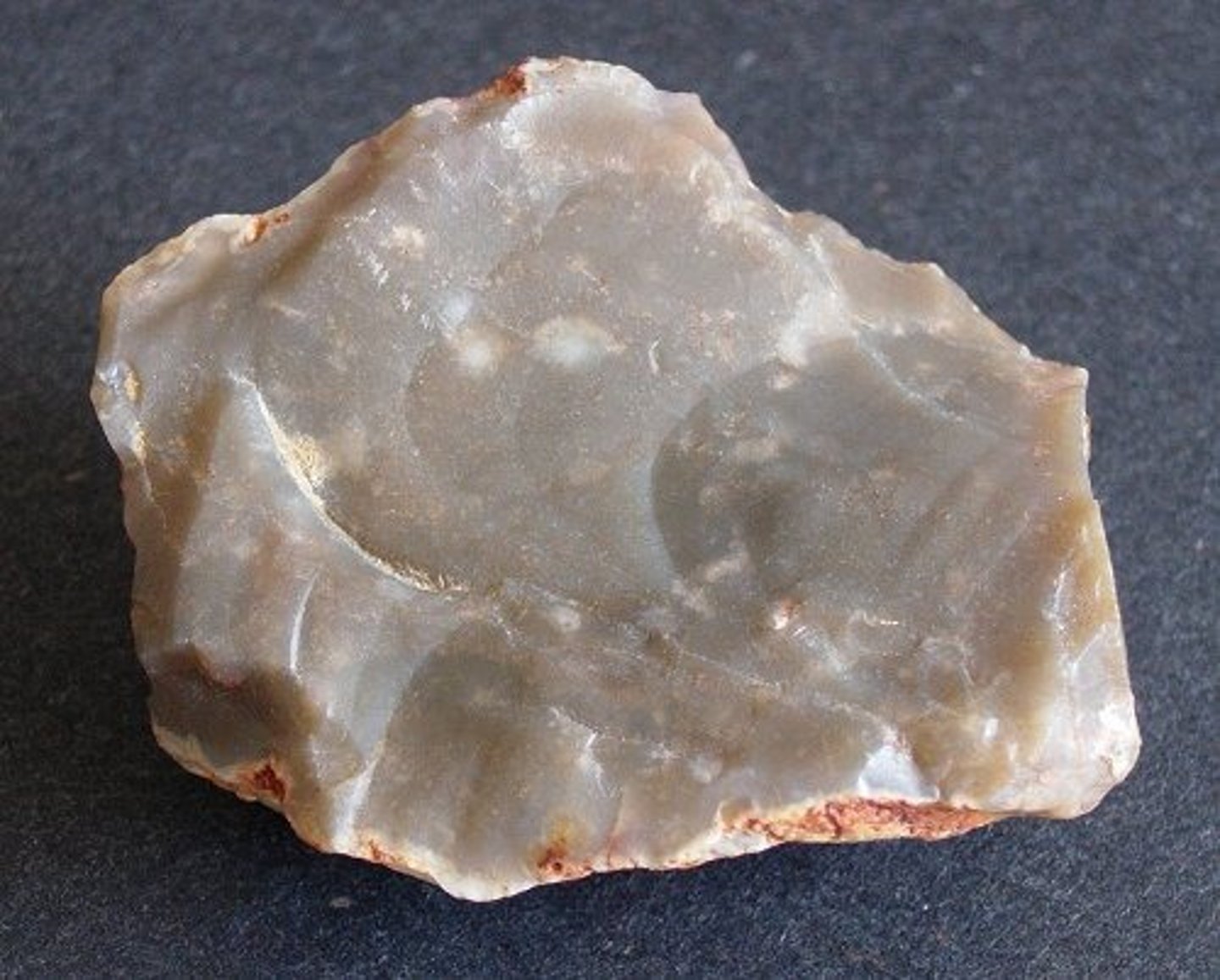Earth Sciences (Sedimentary Rock 1)
1/32
There's no tags or description
Looks like no tags are added yet.
Name | Mastery | Learn | Test | Matching | Spaced |
|---|
No study sessions yet.
33 Terms
Uplift
Tectonic compression uplifts pre-existing rock to create mountains through convergence
Weathering
the breakdown of rocks by physical(mechanical) or chemical (alteration) processes
Transportation of sediment
transports sediment across Earth'ssurface to adjacent basins where they are deposited
deposition
sediments come to rest and accumulate on Earth's surface
Lithification
the process of converting sediment intos edimentary rock by compaction and cementation
Clastic/Siliclastic Sedimentary Rock
Solid rock and mineral (mostly silicates) fragments derived from both mechanical and chemical weathering of existing rocks
Chemical Sedimentary Rock
Minerals that crystallize from percipitation of ions in solution in a bodies of water
Biogenic/biological Sedimentary Rock
Rock formed from remains of plants and water-dwelling organisms
Biogenic rock classification
Composition and Texture
What is limestone primarily formed from?
Calcite (CaCO3)

What type of limestone forms from the accumulation of calcite shells and skeleton fragments?
Biogenic limestone
Where can biogenic limestone accumulate?
Along beaches or in the deep ocean
What are some limestones, like chalk, primarily composed of?
Microscopic plankton shells
What is chert composed of?
Microcrystalline quartz (SiO2)

What types of plankton contribute to the formation of chert?
Diatoms and radiolarians
Where do the remains of plankton accumulate to form chert?
On the sea floor
Coal
a carbon-rich rock formed from the accumulation of a large proportion of plant matter in a swamp or marsh
Classification of chemical sedimentary rock
composition and mode of deposition
Evapories
chemical sedimentary rocks composed of minerals precipitated from saline water (lake or sea water) as a result of extensive or total evaporation of the water.
Rock salt
comprised of the mineral halite
Rock gypsum
comprised of the mineral gypsum
Sediment
unlithified material that has been transported and deposited
physical/mechanical weathering (Regolith)
the breaking apart of rock into smaller andsmaller pieces without changing the rock's mineral chemical composition
Abrasion/Eroison
Particles of hard minerals or rock fragments carried by wind, water, or ice collide with and wear rock away. Slow process
frost (ice) wedging
water works its way into cracks in rock and, onfreezing, expands and enlarges these openings
Unloading/exfoliation
When overlying weight is removed (could be eroded rock or melted glaciers), the outer portion expands more than the rock below, and splits into sheets - expansional splitting
Saltwater wedging
saltwater seeps into rocks and then evaporates on a hot sunny day, salt crystals grow within cracks and pores in the rock.
The growth of these crystals exerts pressure on the rock and can push grains apart, causing the rock to weaken and break
Hydraulic Action
the energetic force of moving water
Biologic weathering
Plant roots in search of nutrients and water grow into and expand fractures
Human weathering
Dissolution
Minerals dissolve into soluble ions in water
Hydrolysis
Minerals react with water to form clay minerals andrelease ions into water
Oxidation/Rusting
The process where Fe eleased from Fe-bearing silicates rreacts with oxygen to form iron oxide/hydroxide
chemical weathering (sapprolith)
dissolution of limestone can create underground caverns. Eventually these can create sinkholes and "karst" topography